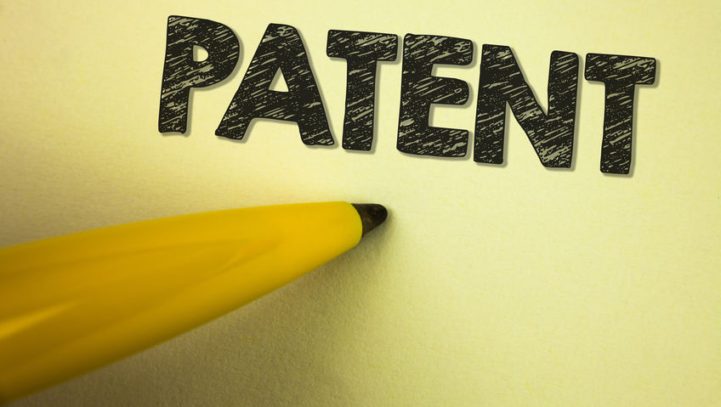REQUIREMENTS FOR JOINT INVENTORSHIP
The inventive entity for a particular application is based on some contribution to at least one of the claims made by each of the named inventors. Inventors may apply for a patent jointly even though (1) they did not physically work together or at the same time, (2) each did not make the same type or amount of contribution, or (3) each did not make a contribution to the subject matter of every claim of the patent. The statute neither states nor implies that two inventors can be ‘joint inventors’ if they have had no contact whatsoever and are completely unaware of each other’s work. What is required is some “quantum of collaboration or connection.” In other words, for persons to be joint inventors under Section 116, there must be some element of joint behavior, such as collaboration or working under common direction, one inventor seeing a relevant report and building upon it or hearing another’s suggestion at a meeting. It is not necessary that the inventive concept come to both [joint inventors] at the same time.
Each joint inventor must generally contribute to the conception of the invention. A coinventor need not make a contribution to every claim of a patent. A contribution to one claim is enough. The contributor of any disclosed means of a means-plus-function claim element is a joint inventor as to that claim, unless one asserting sole inventorship can show that the contribution of that means was simply a reduction to practice of the sole inventor’s broader concept.

